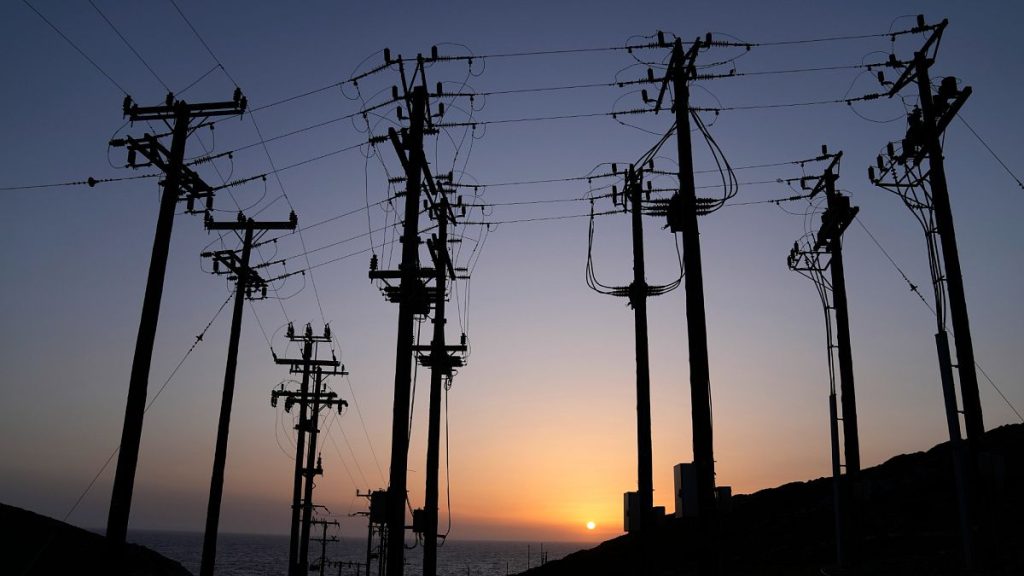Greece has announced the successful completion of an undersea power cable linking the mainland to the island of Crete, an essential milestone in its broader strategy to enhance the energy grid. This €1 billion project, which connects the two locations over a distance of 330 kilometers, is projected to become fully operational by this summer. Driven by the need for energy diversification in response to geopolitical tensions, especially following Russia’s invasion of Ukraine, the initiative aims to expand further to include Cyprus and Israel by the end of the decade.
| Article Subheadings |
|---|
| 1) The Great Sea Interconnector: Overview and Significance |
| 2) Funding and Support from the European Union |
| 3) A Shift Toward Renewable Energy |
| 4) Challenges Ahead: Financial Disagreements and Maritime Disputes |
| 5) Collaborations and Future Aspirations |
The Great Sea Interconnector: Overview and Significance
The Great Sea Interconnector represents a pivotal step in Greece’s energy infrastructure development. This undersea cable, which spans 330 kilometers, is designed to enhance connectivity between the Greek mainland and Crete. Revealing its commitment to progressing energy projects, the Greek grid operator confirmed the cable was successfully plugged in on Saturday and will be operational within a few months. This initiative is not just a regional enhancement; it signifies Greece’s ambition to solidify its position as a strategic energy hub in the Eastern Mediterranean, particularly amidst current global energy shifts.
Funding and Support from the European Union
The financial backing for the €1 billion project has substantially come from the European Union, which provided a mix of grants and loans to support this essential infrastructure. In the backdrop of rising energy demands and the crisis triggered by Russia’s invasion of Ukraine, there has been a concerted push for energy diversification across Europe. The EU’s commitment to funding illustrates the project’s alignment with broader goals of energy security for member states, helping to reduce dependency on single sources of energy.
A Shift Toward Renewable Energy
The undersea cable is a key component in the transition from fossil fuels to renewable energy sources on the island of Crete. Greek officials have emphasized that this project will enable a significant reduction in traditional power generation methods, positioning the island to become more sustainable. Stavros Papastavrou, Greece’s Energy Minister, highlighted the crucial role of Crete in the country’s energy transition. He remarked,
“Crete is becoming a central pillar for the country’s energy transition.”
This move is not just beneficial for local energy independence but is also critical for Greece’s compliance with EU climate targets.
Challenges Ahead: Financial Disagreements and Maritime Disputes
As promising as this project seems, challenges loom on the horizon. Financial disagreements among various stakeholders have complicated the project’s execution timeline, which could affect broader plans to extend the cable to Cyprus and Israel. Additionally, an ongoing maritime dispute with Turkey raises concerns about the geopolitical landscape in the Eastern Mediterranean. The need for collaboration and agreement among neighboring countries is imperative to ensure the successful longevity of these energy initiatives.
Collaborations and Future Aspirations
The Great Sea Interconnector project is a collaboration involving several major players in the energy sector, including Siemens Energy from Germany, the Greek construction firm TERNA, and the Italy-based company Prysmian Group. These partnerships underscore the significance of international cooperation in modern energy projects. Additionally, plans are underway for Greece and Egypt to create a separate undersea link that would bypass Crete and connect directly with the Greek mainland. This bilateral aspiration underlines the increasing importance of energy connectivity in the region and sets the stage for future developments.
| No. | Key Points |
|---|---|
| 1 | Greece has completed an undersea power cable connecting to Crete, a vital step for its energy strategy. |
| 2 | The €1 billion project is largely funded by the European Union to enhance energy diversification. |
| 3 | The project will support the shift from fossil fuels to renewable energy in Crete. |
| 4 | Financial disagreements and maritime disputes pose challenges for future expansions. |
| 5 | International collaborations are crucial for the project’s success and future aspirations for energy links. |
Summary
In conclusion, Greece’s completion of the Great Sea Interconnector is not merely an infrastructural achievement but a strategic move that enhances energy security and sustainability in the Eastern Mediterranean. While the project faces certain challenges—ranging from financial disagreements to geopolitical disputes—its successful implementation could set a precedent for future energy collaborations in the region. The efforts to further diversify energy sources demonstrate a commitment to climate goals and highlight Greece’s evolving role as a pivotal energy player.
Frequently Asked Questions
Question: What is the Great Sea Interconnector?
The Great Sea Interconnector is an undersea power cable linking Greece’s mainland to the island of Crete, aimed at enhancing energy infrastructure and supporting renewable energy initiatives.
Question: How much funding did the European Union provide for this project?
The European Union provided the bulk of the €1 billion funding through grants and loans to support the Great Sea Interconnector project, aiming to boost energy diversification.
Question: What are some challenges facing the Great Sea Interconnector?
Challenges include financial disagreements among stakeholders and an ongoing maritime dispute with Turkey, which could complicate future developments and expansions.



